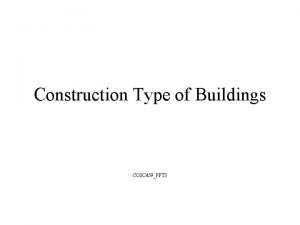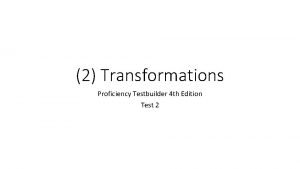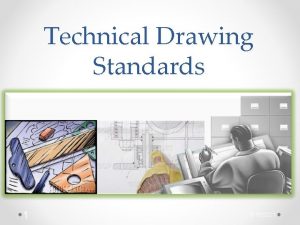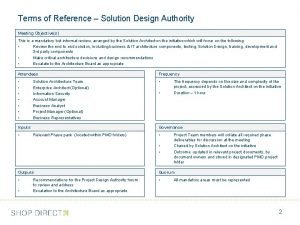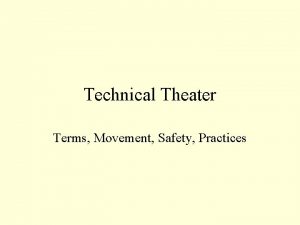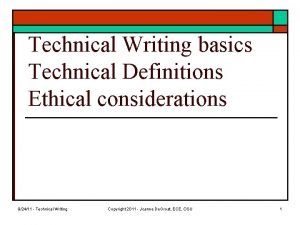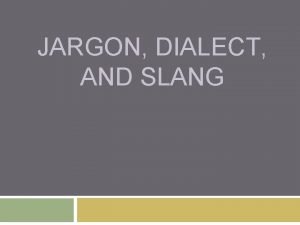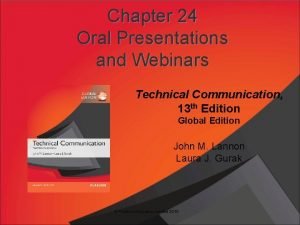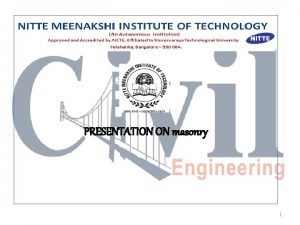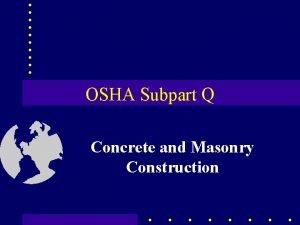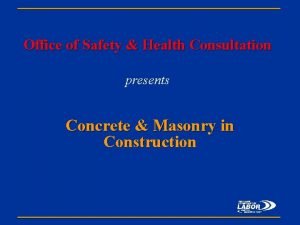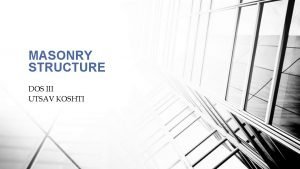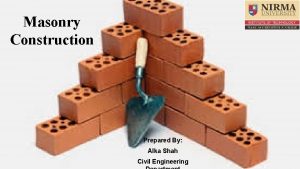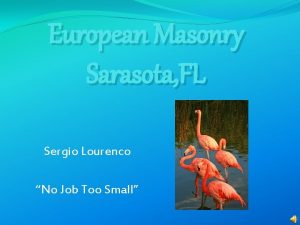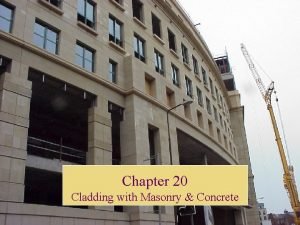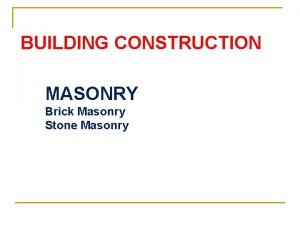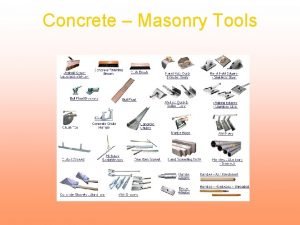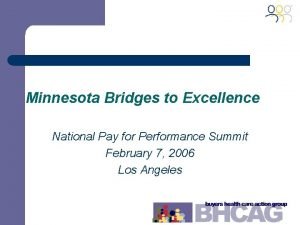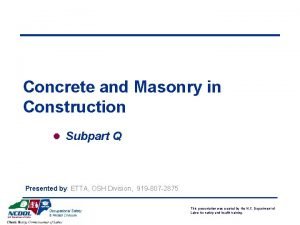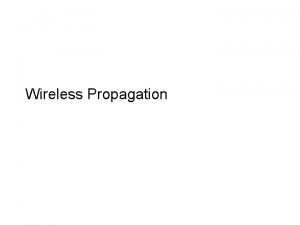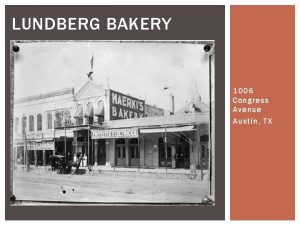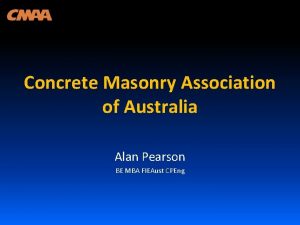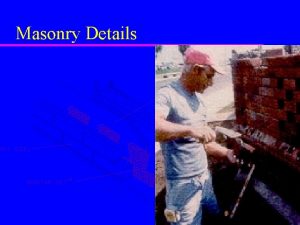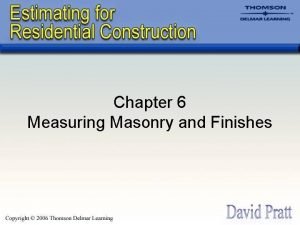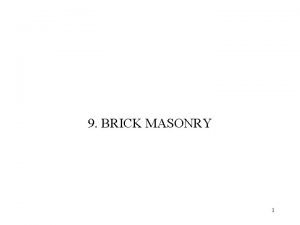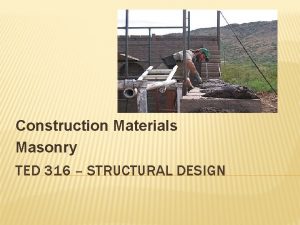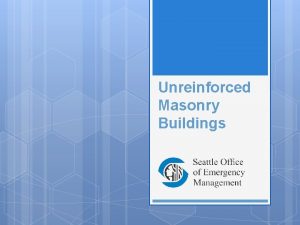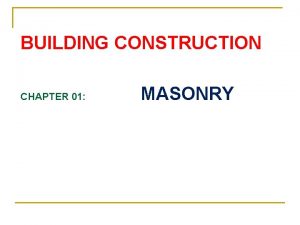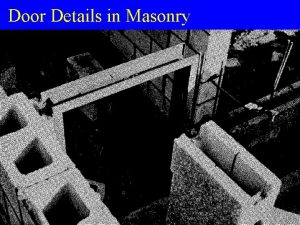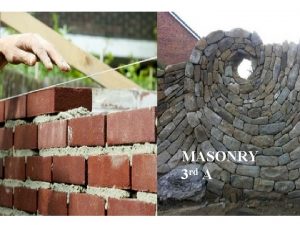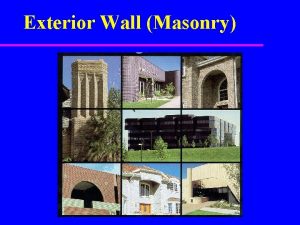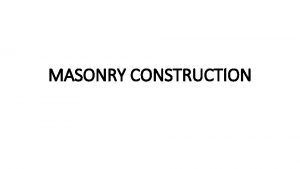PRESENTATION ON masonry 1 CONTENTS Masonry Technical terms


































- Slides: 34

PRESENTATION ON masonry 1

• CONTENTS ØMasonry ØTechnical terms used in masonry ØMasonry arches ØTypes of masonry ENCI 579 2

3

• Terms used in masonry Ø Course: A course is a horizontal layer of bricks or stones. Ø Bed: it is the surface of stone perpendicular to the line of pressure. It indicates the lower surface of bricks or stones in each course. Ø Back: the inner surface of a wall which is not exposed is called the back. The material forming the back is known as backing. ENCI 579 4

Ø Face: The exterior of wall exposed to weather is known as face. The material used in the face of the wall is known as facing. Ø Hearting: It is the interior portion of a wall between the facing and backing. Ø Side: it is the surface forming the boundary of bricks or stones in a direction transverse to the face and bed. ENCI 579 5

Ø joint: It is the junction of two or more bricks or stones. If the joint is parallel to the bed of bricks or stones in a course then it is termed as bed joint. The joint which are perpendicular to the bed joints are termed as vertical joints or side joints or simply joints. Ø Header: it is a brick or stone which lies with its greatest length at right angles to the face of the work. . in case of stone masonry header is sometimes known as through stone. The course of brick work in which all the bricks are laid as headers is known as header course. ENCI 579 6

Ø Stretcher: it is a brick or a stone which lies with its longest side parallel to the face of the work. The course of brick work in which all the bricks are laid as stretchers is known as stretcher course. Ø Bond: This is the method of arranging bricks so that the individual units are tied together. Bonding is essential to eliminate conyinuous vertical joints both in body as well as on the face of wall. ENCI 579 7

Ø Spalls: these are the chips of stones used for filling the interstices in stone masonry. Ø Quoins: these are the stones used for the corners of walls of a structure. Ø Bat: it is the portion of brick cut across the width. Ø Closer: it is the portion of the brick cut length wise in such a manner that its one long face remains uncut. Ø Queen closer: It is the portion of brick obtained by cutting a brick length wise into two portions. ENCI 579 8

Ø King Closer: these are the portions of a brick obtained by cutting off the triangular piece between the center of one end and the center of one side. Ø Bevelled Closer: it is that portion of a brick in which the whole length of the brick is beveled for maintaining half width at one end and full width art the other. Ø Plinth Course: It is the top most course of the plinth masonry. ENCI 579 9

Ø Plinth Course: It is the top most course of the plinth masonry. Ø Frog: it is an indentation or depression on the top face of a brick made with the object of forming a key for the mortars. This reduces the weight of the brick also. Ø Plinth: it is the horizontal course of stone or brick provided at the base of the wall above ground level. It indicates the height of the ground level above the natural ground level. It protects the building from dampness. ENCI 579 10

Ø String Course: It is a horizontal projecting course of masonry projecting out of the face of the wall for shedding rain water off the face. It imparts an aesthetic appearance to the structure and is generally provided at every floor level. Ø Lintel: it is a horizontal member of stone, brick, wood, iron or RCC used to support the masonry or load above an opening. ENCI 579 11

Ø ill: it is a horizontal member of stone, concrete or wood, employed for the purpose of shedding off rain water from the face of wall immediately below the window opening. It gives support to the vertical members of a wooden window frame. Ø Reveals: These are exposed vertical surfaces left on the sides of an opening after the door or window frame had been fitted in position ENCI 579 12

Ø Jambs: these are the vertical sides of an opening for doors and windows. These may be plain or splayed or may be provided with recesses to receive the frames of doors and windows. Ø cornice: It is a projecting ornamental course near the top of a building or at the junction of a wall and ceiling. Ø Coping: It is a course placed upon the exposed top of an external wall to prevent the seepage of water. ENCI 579 13

Ø Blocking Course: It is atop most course of stone masonry provided immediately above the cornice to prevent the tendency of the cornice to overturn. It also adds to the aesthetics of the cornice. Ø Coping: It is a course placed upon the exposed top of an external wall to prevent the seepage of water. Ø Corbel: It is the extension of one or more course of stone or brick from the face of a wall to serve as a support for wall plates. ENCI 579 14

> Template: Pieces of stones placed under the end of a beam to distribute the load over a greater area. ENCI 579 15

• MASONRY ARCHES ØAn arch is a curved structure that spans a space and may or may not support weight above it. 16

Ø Jack -A flat arch with zero or little rise. ENCI 579 17

Ø Segmental -An arch whose intrados is circular but less than a semicircle. ENCI 579 18

Ø Semicircular -An arch whose intrados is a semicircle (half circle). ENCI 579 19

Ø Bullseye -An arch whose intrados is a full circle. Also known as a Circular arch. ENCI 579 20

Ø Horseshoe -An arch whose intrados is greater than a semicircle and less than a full circle. Also known as an Arabic or Moorish arch. ENCI 579 21

Ø Multicentered -An arch whose curve consists of several arcs of circles which are normally tangent at their intersections ENCI 579 22

Ø Venetian -An arch formed by a combination of jack arch at the ends and semicircular arch at the middle. Also known as a Queen Anne arch. ENCI 579 23

Ø Tudor -A pointed, four-centered arch of medium rise-to-span ratio whose four centers are all beneath the extrados of the arch. ENCI 579 24

Ø Triangular -An arch formed by two straight, inclined sides. ENCI 579 25

Ø Gothic -An arch with relatively large rise-to-span ratio, whose sides consist of arcs of circles, the centers of which are at the level of the spring line. Also referred to as a Drop, Equilateral or Lancet arch, depending upon whether the spacings of the centers are respectively less than, equal to or more than the clear span ENCI 579 26

• TYPES OF MASONRY Ø Stone masonry Ø Brick masonry Ø Composite masonry ENCI 579 27

• STONE MASONRY Ø Masonry is the craft of shaping rough pieces of rock into accurate geometrical shapes, at times simple, but some of considerable complexity, and then arranging the resulting stones, often together with mortar, to form structures. ENCI 579 28

• TYPES STONE MASONRY ØRubble masonry (a) uncoursed rubble masonry (b) random rubble masonry (c) coursed rubble masonry (d) dry rubble masonry ENCI 579 29

ØAshlar masonry (a)Ashlar fine (b)ashlar rough tooled (c)ashlar rock, rustic or quarry faced (d)alshar chamfered (e)alshar facing ENCI 579 30

> Rubble masonry : - Rubble masonry is rough, unhewn building stone set in mortar, but not laid in regular courses. It may appear as the outer surface of a wall or may fill the core of a wall which is faced with unit masonry such as brick or cut stone. ENCI 579 31

• Uncoursed Rubble Masonry: - It is the poorest form of stone masonry. The stones to be used for the work are directly obtained from the quarry, after merely knocking off weak corner and edges with the mason’s hammer. The stones are carefully laid so as to break joints as much as possible. To avoid thick joints, chips of stone or spalls are wedged into the hearting. The face stones selected from the heap should have uniform colour, uniform bed and greater size. Onefourth of the face stones should tail back in the hearting in the form of headers. Bond stones provided to interlock the two faces should extend up to the full thickness of wall if the wall is less than 60 cm. in thickness. For wall thicker than 60 cm. , a line of headers overlapping each other for a length of at least 15 cm. is laid right through the wall. The quoins are chisel or hammer dressed and are laid as header and stretcher alternately. In this work the thickness of joints ENCI 579 32

ENCI 579 33

• Random rubble masonry: The random rubble masonry in which stones are laid in layers of equal height is called coursed random rubble masonry. In this masonry, the stones are laid in somewhat level courses. Headers of one coursed height are placed at certain intervals. The stones are hammer dressed. Suitability: Used for construction of residential buildings, go downs, boundary walls etc. ENCI 579 34
 Joisted masonry vs masonry non combustible
Joisted masonry vs masonry non combustible John has hinted that he doesn't wish to remain in the group
John has hinted that he doesn't wish to remain in the group Technical terms in drawing
Technical terms in drawing Technical design authority terms of reference
Technical design authority terms of reference Technical theater terms
Technical theater terms Example of technical definition
Example of technical definition How to write citation with 3 authors
How to write citation with 3 authors Technical terms in research
Technical terms in research Jargon examples
Jargon examples Polynomial degrees and terms
Polynomial degrees and terms How to combine like terms
How to combine like terms Technical communication powerpoint presentation
Technical communication powerpoint presentation Technical drawing means
Technical drawing means Mentovertical diameter
Mentovertical diameter Cephalic presentation
Cephalic presentation String course in stone masonry
String course in stone masonry Limited access zones around masonry wall
Limited access zones around masonry wall Lifting inserts which are embedded or otherwise
Lifting inserts which are embedded or otherwise What is masonry
What is masonry Difference between toothing and racking back
Difference between toothing and racking back Masonry venice fl
Masonry venice fl Masonry veneer curtain walls:
Masonry veneer curtain walls: Throating in stone masonry
Throating in stone masonry Reveal in brick masonry
Reveal in brick masonry Common float in masonry
Common float in masonry King closer brick
King closer brick As 4773 masonry in small buildings
As 4773 masonry in small buildings Barry cargill masonry
Barry cargill masonry Lift slab operations must be designed and planned by
Lift slab operations must be designed and planned by Handles on these must not extend beyond
Handles on these must not extend beyond Dry masonry
Dry masonry Lundberg masonry
Lundberg masonry Concrete masonry association of australia
Concrete masonry association of australia A gravity dam of trapezoidal cross section
A gravity dam of trapezoidal cross section Portfolio of evidence example
Portfolio of evidence example
